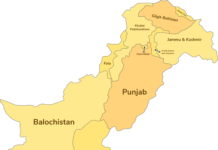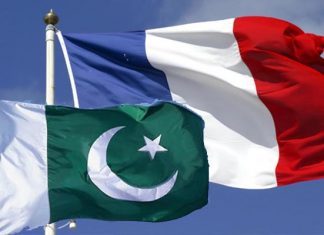Pakistan’s economic growth is set to rise gradually in the long run, though the nation’s inability to tackle deeper structural issues like corruption and reduced geopolitical relevance could limit the upside, according to Bloomberg Economics.
The potential growth rate — the pace at which an economy can advance without fueling any additional inflation pressure — is set to peak at 4% in the financial year through 2040, South Asia Economist Ankur Shukla wrote in a report on Thursday. That’s higher than the 3.2% potential growth in the last fiscal year but below the pace achieved in the mid-2000s.
The South Asian nation is trying to secure the International Monetary Fund’s final approval for a new loan of $7 billion to shore up a faltering economy and manage mounting debts.
“This should stave off default for the foreseeable future” and likely help implement growth-boosting reforms such as relaxed investment rules, Shukla wrote.
“Still, an inability to tackle deeper structural issues such as corruption and weak political institutions as well as its likely reduced geopolitical relevance for the US after the latter’s withdrawal from Afghanistan will probably make it hard to secure more foreign investment,” he added.
Higher taxes required by the lender and “lack of interest from foreign investors to provide capital will likely limit growth,” Shukla said.
Bloomberg Economics estimates Pakistan’s average annual investment growth of just around 0.5% in the next three years through fiscal 2027 — compared with 2.3% during 2011-19.























